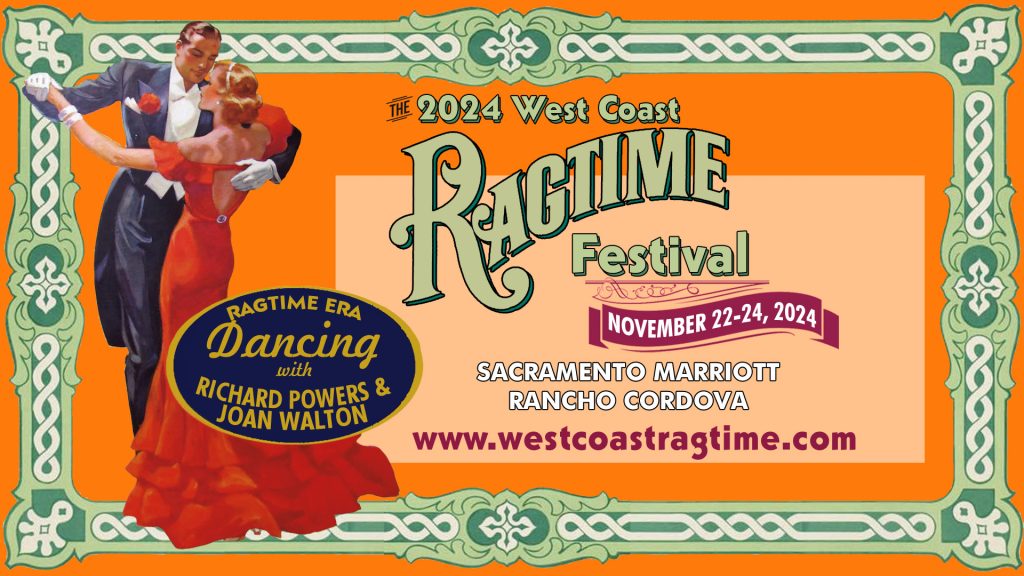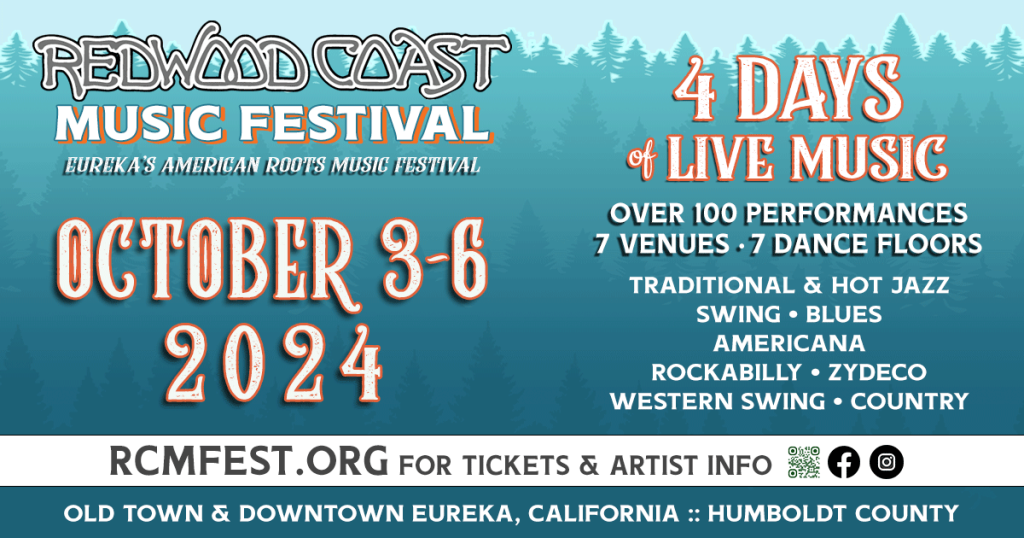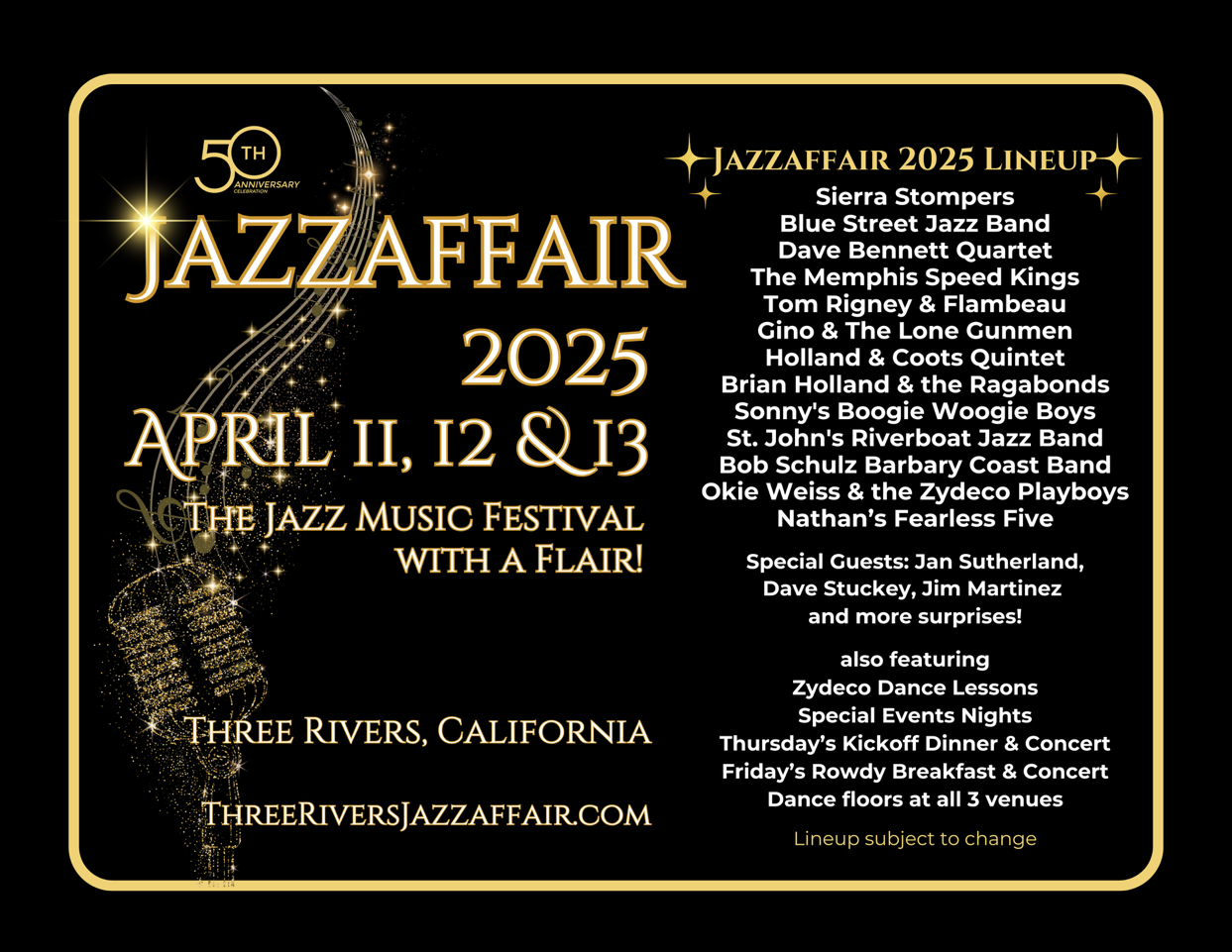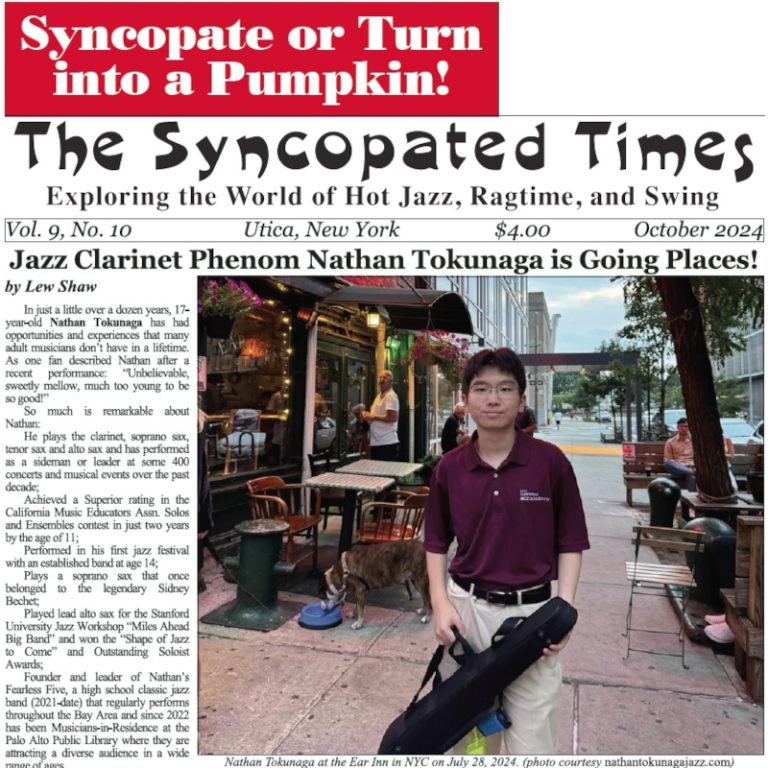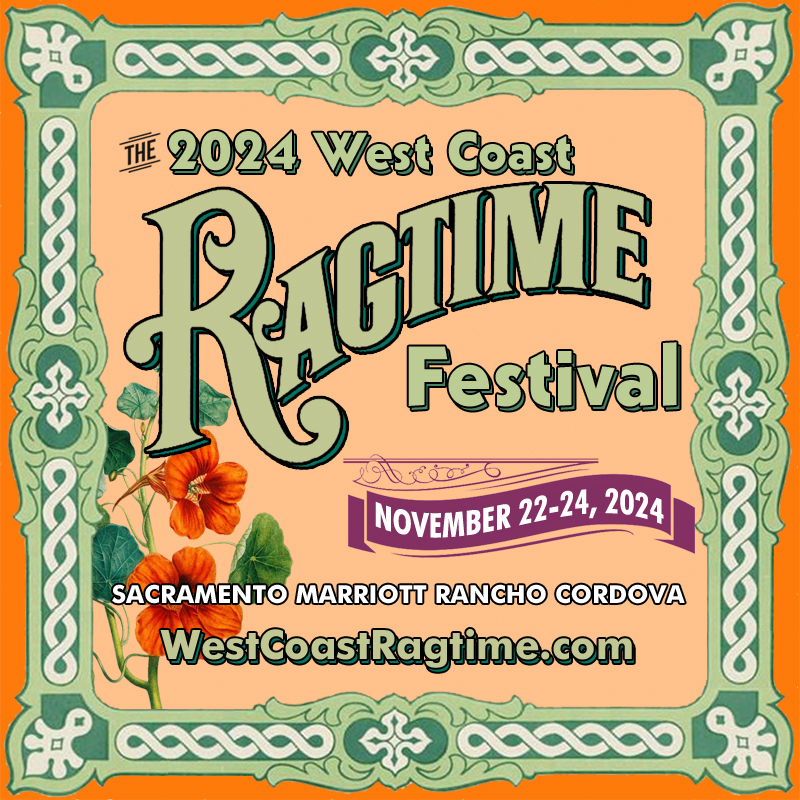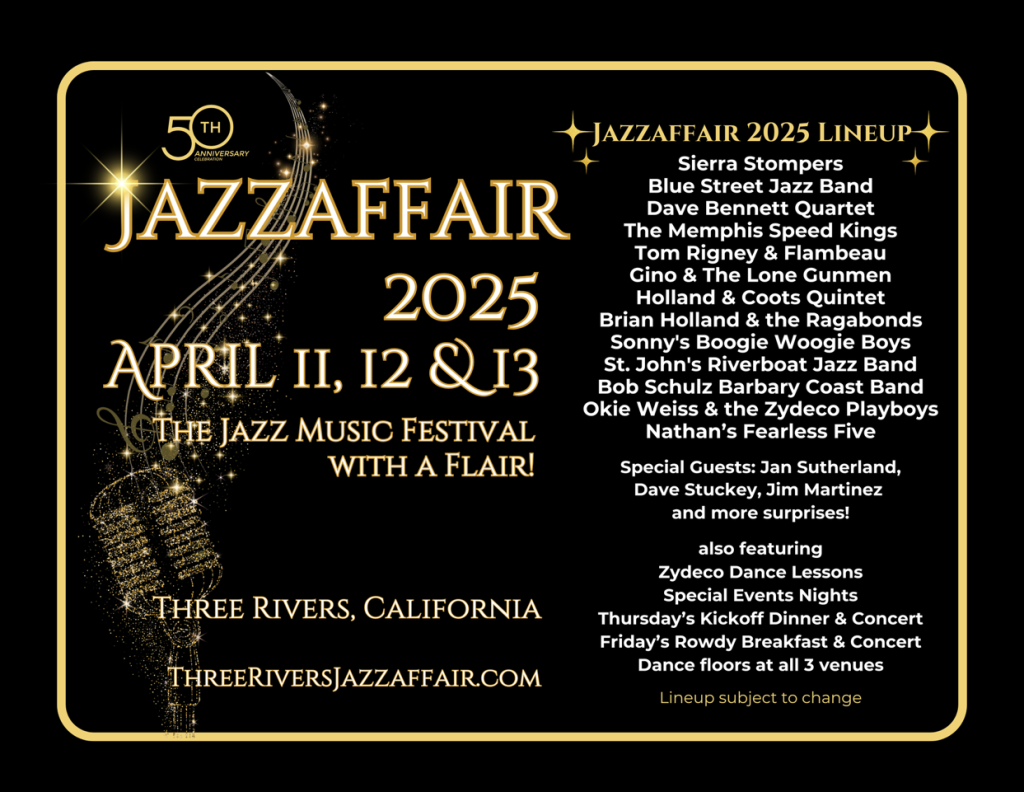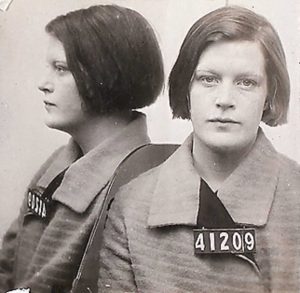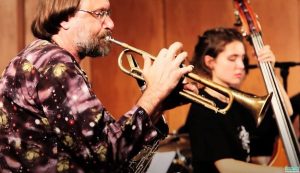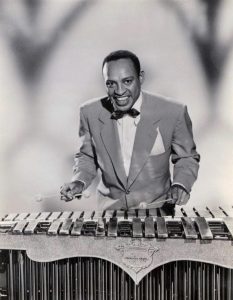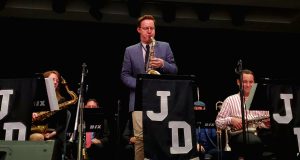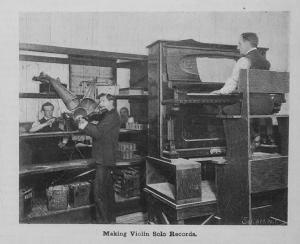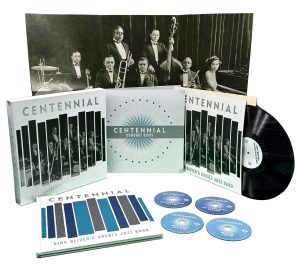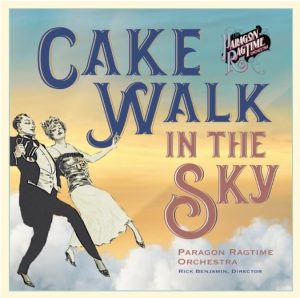I’ve never considered myself one for taking risks. I was always that kid whose knees buckled at the notion of climbing to the highest diving board. I was deathly afraid of (though attracted to) women. I didn’t get my driver’s license until age 26—simply because I couldn’t avoid it any longer.
Yet, as much of a ’fraidy cat as I am, I’ve been known to experience a certain calm detachment when facing possible impending doom. I’ve been driving on several different occasions when my brakes just plain failed. My inner stunt-driver came to the surface and somehow I survived the ordeal. I don’t endorse this dissociation as a default mode for living. But to see the trauma that you’re experiencing as happening to somebody else, perhaps to a character in a story or a video game, can be an invaluable defense mechanism. It certainly got me behind the wheel of that enticing yet terrifying socially-mandated deathtrap; it got me to first base—in both instances better late than never.
I approach laying out this paper each month with a similar dread—which morphs into a similar detachment; though the results would (probably) be less grisly than a car wreck, I can’t afford the luxury of failure. (Having an inkling of what it would be like to die of shame and embarrassment, I’d opt for the head-on collision.) I invariably find my inner publisher—who is even more miraculous than my inner daredevil. After the miracle of my first paper, published in February 2016, I couldn’t have foreseen the necessity of having to repeat the stunt 70 more times. And here we are.
This issue of The Syncopated Times posed additional challenges. I was already distracted by various household emergencies, occurring nearly simultaneously in the last week of October. They entailed multiple repairs to my newest and cutest rolling deathtrap, replacement of a necessary part of the house’s infrastructure, and a strong reaction to the recommended COVID booster shot. On November first, while waiting for my checkbook (and my forehead) to cool down, I received a 20,000-word manuscript.
The thing is, this story turned out to be excellent—and unprecedented. The author, Matthew de Lacey Davidson, defended its length:
“This is the most comprehensive article I have ever written, with extensive research and essential endnotes. It is also the only accurate and full biography of Donald [Ashwander] available anywhere. I would argue that the biographical info you find in my album and others is just boilerplate stuff, and a good amount of the information is either not included or completely incorrect. I have checked multiple sources to confirm all information. By publishing this you would be making available the only relatively accurate and complete biography of Donald anywhere. . .
“It is not just a biography. It is also an analysis of his music and a reminiscence by his friends, myself included.
“While doing the research, I was able to persuade the Mobile Public Library and Paper Bag Players to give me permission to reprint ten extraordinary photographs, many of which have not been published in years. I have shown it to everyone who contributed, and gotten all necessary permissions. . .
“You will find attached 11 photos, the article (with endnotes, photo descriptions and bibliography) in both MS WORD and PDF format.
“I hope that you might publish it.”
I saw the challenge, and regarded it as I used to view that old high-diving board at Power Dam. While I initially considered breaking up the story into two or more installments, I realized that it needed to be published entire. I recall the story of Harold Ross deciding to run John Hersey’s full 31,000-word manuscript of “Hiroshima” in the August 31, 1946, issue of The New Yorker. The story was of such importance and such impact that it needed to be run whole—even though Ross knew he might be alienating some readers who wanted the usual cartoons and “casuals.” With that issue, Ross transformed his magazine—and print journalism itself.
After assessing the chance I would be taking and then entering dissociative super-editor mode, I set myself the task of publishing Matthew’s novella-length manuscript.
The miracle of the month is that I did manage to include the whole article, all the photos (with submitted captions), the bibliography, and the endnotes in this issue—as well as all the features readers of The Syncopated Times have come to expect.
Donald Ashwander’s lost album was to be called On the Highwire—which Matthew de Lacey Davidson substantially recreated and released as a tribute to his friend. I have to say the title of that album describes my editing and layout process for the paper you hold in your hands. There was no net below to catch me—and it’s a long way down. Yet it feels like I’ve done this before, a lot of times.
I’ll still be walking the editorial tightrope as I wait to hear how this issue is received. I expect readers will find enough variety in its pages to be diverted, and that they will be fascinated and ultimately moved by the story of Donald Ashwander, an extraordinary though heretofore neglected figure in 20th century American music—as I was.
I am profoundly grateful to Matthew for bringing his friend to life in these pages so we can all make his acquaintance.

